The reasons that silk fabrics have health functions
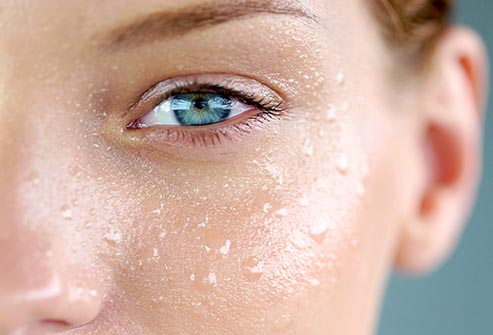 Silk fabric has excellent moisture absorption and moisture permeability. Human skin is always breathing regardless of spring, summer, autumn and winter. Generally, each person radiates 1500~2000g of water through the skin every day, and the perspiration amount on the skin surface is less than 30~ At 40g/m, it is no sensation. When the water vapor emitted from the skin surface is not easy to penetrate the clothes in contact with it, it will form a high humidity area in the skin and clothes, and the human body will feel stuffy and uncomfortable. Inducing skin diseases. It can be seen from this that the hygroscopicity and moisture permeability of the materials that people wear are not only related to the comfort of the human body, but also very important for the health and hygiene of the human body. Real silk fabrics have great advantages in this respect. The moisture absorption and moisture permeability of textile materials are usually expressed in terms of "moisture regain".
Silk fabric has excellent moisture absorption and moisture permeability. Human skin is always breathing regardless of spring, summer, autumn and winter. Generally, each person radiates 1500~2000g of water through the skin every day, and the perspiration amount on the skin surface is less than 30~ At 40g/m, it is no sensation. When the water vapor emitted from the skin surface is not easy to penetrate the clothes in contact with it, it will form a high humidity area in the skin and clothes, and the human body will feel stuffy and uncomfortable. Inducing skin diseases. It can be seen from this that the hygroscopicity and moisture permeability of the materials that people wear are not only related to the comfort of the human body, but also very important for the health and hygiene of the human body. Real silk fabrics have great advantages in this respect. The moisture absorption and moisture permeability of textile materials are usually expressed in terms of "moisture regain".
The moisture regain of the main fibers as below:
Fabric | Conventional Moisture Regain | Official Moisture Regain | Fabric | Conventional Moisture Regain | Official Moisture Regain |
Cotton | 7-8 | 11.0 | Nylon | 4.2-4.5 | 4.5 |
Linen | 12-13 | 12.0 | Polyester | 0.4-0.5 | 0.4 |
Wool | 15-17 | 15.0 | Acrylic | 1.2-2.0 | 2.0 |
Silk | 10-12 | 11.0 | Vinylon | 4.5-5.0 | 5.0 |
Viscose | 13-16 | 13.0 | Polypropylene | 0.0 | 0. |
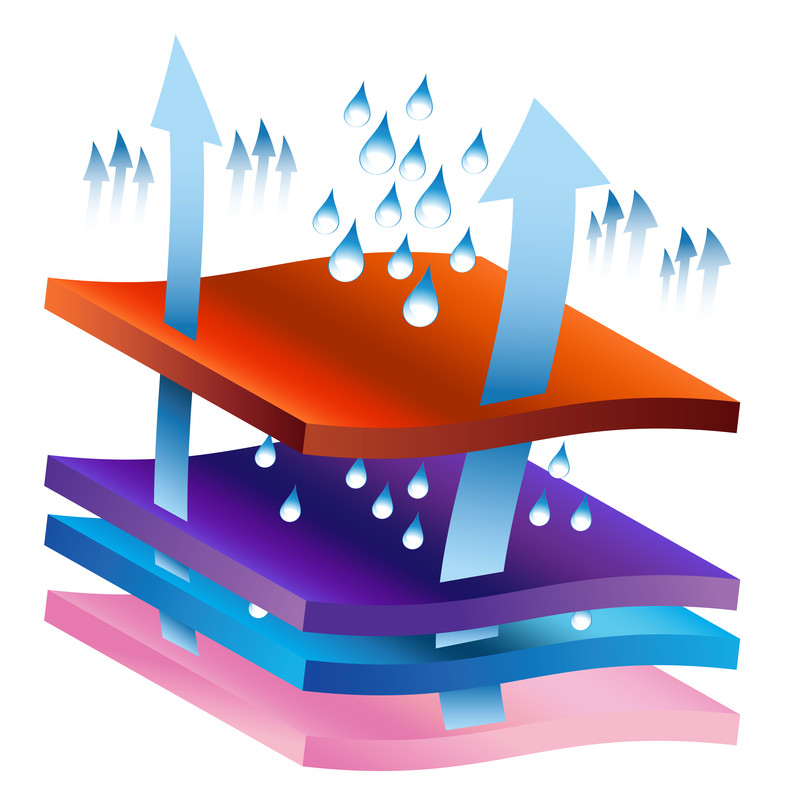
It can be seen from Table that the moisture regain of silk in the coventional state is 10-12, which is 3-4 higher than cotton yarn. Nowadays, there are more synthetic fibers and artificial silks on the market, most of which are polyester fabrics, which have poor water absorption properties. The moisture regain in the conventional state is only 0.4 to 0.5; the moisture regain of polypropylene in the conventional state is almost zero. Since all silk is woven from silk fiber, silk has higher moisture absorption and moisture permeability than pure cotton cloth. Synthetic fibers use low-molecular compounds such as coal, petroleum, natural gas, and agricultural and sideline products as raw materials, and are processed into fibers through chemical synthesis and mechanical processing. Therefore, although in some aspects of performance. Like the appearance, it is not much different from silk, and some aspects are even better than silk, but its basic performance is still the performance of synthetic fiber. Due to the poor absorption and dissemination of human sweat by synthetic fiber fabrics, it is difficult for human sweat to evaporate in a hot and humid environment, and various wastes discharged with sweat gradually accumulate in human sweat pores and skin surface, forming a "wet resistance" , it can cause bad irritation to human skin, affect human health, and some people even have skin allergies. Because of the special physical and chemical structure of silk, the voids of many fine single fibers, and the many hydrophilic groups on the surface of the molecular space on the polypeptide chain, the surrounding moisture can be properly absorbed and maintained, and then It gradually spreads into the air. For this reason, silk has the function of adjusting the humidity in a timely manner in response to changes in the temperature and humidity of the outer boundary, so that the human body always maintains a certain amount of moisture, which can not only prevent the skin from cracking, but also keep the skin moisturized. Therefore, wearing silk clothes can not only make people feel particularly comfortable, but they can also make people healthy and hygienic, and have health protection functions.
Silk products have light weight, softness and good warmth retention. Because the silk itself is very thin, and it is composed of many fine filaments, there are many tiny gaps between the fine filaments, which are filled with air, as shown in the table below: the thermal conductivity of air is lower than that of any fiber, so the air content in the fiber also affects the thermal conductivity of the fiber. Therefore, the more air filled in the fiber, the better the thermal insulation performance; Because the thermal conductivity of silk is less than most textile fibers including cotton (see the table below), which means that the heat dissipation through silk clothing is slower and has good warmth retention performance. At the same time, in the summer, when puts on a silk suit, the heat transfer from outside the body to the skin is slow, and the temperature rises slowly. So people wear real silk clothes to feel warm in winter and cool in summer. In addition, it can be seen from the table below that silk has higher moisture and heat absorption than other fibers except wool. Therefore, when people wear silk clothes and walk from a high-temperature and low-humidity room to a low-temperature, high-humidity room, because the silk absorbs moisture and releases more heat than other fiber products, it can prevent short-term body heat from being emitted in a short time. Therefore, silk has a very good cushioning effect on temperature changes, and it will give people a sense of warmth in the cold winter.
the fine filaments, which are filled with air, as shown in the table below: the thermal conductivity of air is lower than that of any fiber, so the air content in the fiber also affects the thermal conductivity of the fiber. Therefore, the more air filled in the fiber, the better the thermal insulation performance; Because the thermal conductivity of silk is less than most textile fibers including cotton (see the table below), which means that the heat dissipation through silk clothing is slower and has good warmth retention performance. At the same time, in the summer, when puts on a silk suit, the heat transfer from outside the body to the skin is slow, and the temperature rises slowly. So people wear real silk clothes to feel warm in winter and cool in summer. In addition, it can be seen from the table below that silk has higher moisture and heat absorption than other fibers except wool. Therefore, when people wear silk clothes and walk from a high-temperature and low-humidity room to a low-temperature, high-humidity room, because the silk absorbs moisture and releases more heat than other fiber products, it can prevent short-term body heat from being emitted in a short time. Therefore, silk has a very good cushioning effect on temperature changes, and it will give people a sense of warmth in the cold winter.
Fabric | Thermal Conductivity | Heat Absorptivity | Fabric | Thermal Conductivity | Heat Absorptivity |
Cotton | 0.061-0.063 | 11.00 | Polypropylene | 4.2-4.5 |
|
Wool | 0.045-0.047 | 27.00 | Chlorine | 0.4-0.5 |
|
Silk | 0.043-0.047 | 16.50 | Viscose | 1.2-2.0 |
|
Nylon | 0.18-0.29 | 7.60 | Acetate Fibre | 4.5-5.0 |
|
Polyester | 0.072 | 1.35 | Air | 0.0 |
|
Acrylic | 0.044 | 1.70 | Water |
|
|
Silk has the effect of blocking and reducing ultraviolet rays
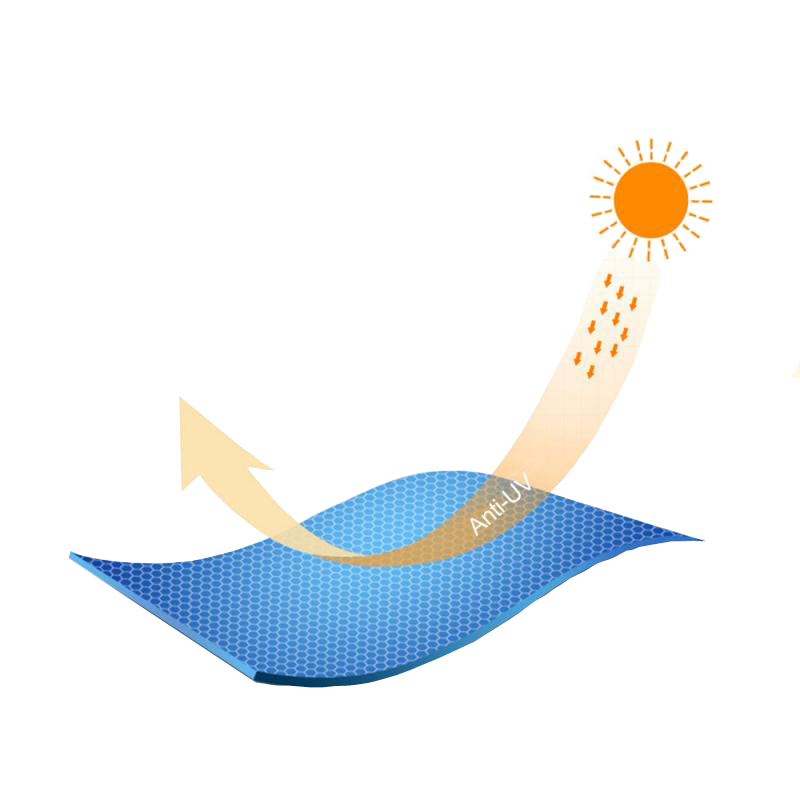 The sun’s rays contain a large amount of ultraviolet rays when it hits the surface of the earth. After being absorbed by the ozone layer in the atmosphere, there are still 5 to 10 ultraviolet rays shooting to the ground. Common medical knowledge tells people that too much ultraviolet rays are extremely harmful to human skin, and can easily cause skin aging, wrinkles and dark spots. We know that the content of tyrosine in mulberry silk is the highest, as high as 42.8, and tyrosine can react with ultraviolet light. Therefore, silk clothing can block and reduce the damage of ultraviolet rays in the sun to the human body and protect the skin. effect. The yellowing of silk in use is the result of the actinic reaction between the glycine in the silk and the ultraviolet rays in the sun. In addition, there is a kind of melanocyte in the epidermis of the human body. Under the promotion of ultraviolet rays, it can react with tyrosinase to produce melanin, which makes the skin dark. Silk has the effect of blocking and reducing ultraviolet rays. The silk peptide in silk protein can also effectively inhibit the production of melanin in the skin. Tests have shown that when the concentration of silk peptide is 25, the inhibition rate of melanin production in human skin can be as high as 70. Can prevent skin tanning.
The sun’s rays contain a large amount of ultraviolet rays when it hits the surface of the earth. After being absorbed by the ozone layer in the atmosphere, there are still 5 to 10 ultraviolet rays shooting to the ground. Common medical knowledge tells people that too much ultraviolet rays are extremely harmful to human skin, and can easily cause skin aging, wrinkles and dark spots. We know that the content of tyrosine in mulberry silk is the highest, as high as 42.8, and tyrosine can react with ultraviolet light. Therefore, silk clothing can block and reduce the damage of ultraviolet rays in the sun to the human body and protect the skin. effect. The yellowing of silk in use is the result of the actinic reaction between the glycine in the silk and the ultraviolet rays in the sun. In addition, there is a kind of melanocyte in the epidermis of the human body. Under the promotion of ultraviolet rays, it can react with tyrosinase to produce melanin, which makes the skin dark. Silk has the effect of blocking and reducing ultraviolet rays. The silk peptide in silk protein can also effectively inhibit the production of melanin in the skin. Tests have shown that when the concentration of silk peptide is 25, the inhibition rate of melanin production in human skin can be as high as 70. Can prevent skin tanning.
Silk does not generate static electricity.
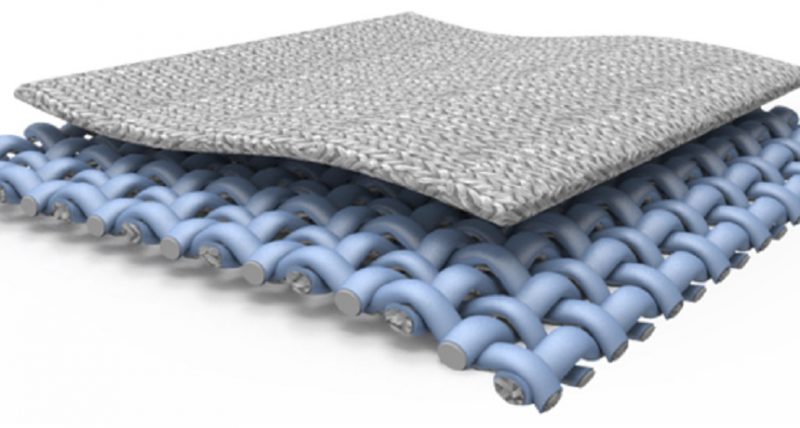 After the clothes are electrostatically charged, a large amount of dust will be attached to the clothes. Not only the clothes are easy to stain, but the human body and clothes, clothes and clothes will also become entangled with each other. When the static electricity phenomenon is severe, sparks may also be generated due to the discharge, causing a fire disaster. In dry weather, 1 milliliter of air contains about 130,000 dusts, and these dusts contain a large number of various bacteria, so. If the clothes worn by the human body are prone to generate static electricity, these dust and bacteria will be attached to the clothes in large quantities, not only contaminating the clothes, but also endangering the health of the body. After a large number of tests and practices, it has been shown that protein fibers such as silk and sheep's wool are not easy to generate static electricity, while polyester fabrics are very easy to generate static electricity. If no special chemical treatment is carried out, it will be easy to absorb dust and bacteria and sweat from the human body after wearing it. This will make the dust and sweat stick together, block the pores of the fabric and stop the air permeability. Worse, it makes people feel stuffy and uncomfortable. What is more serious is the large number of bacteria in the dust. In a sweat environment with high temperature and humidity, it is very easy to grow and multiply, which is harmful to the human body and increases the incidence of diseases. However, silk clothing does not have this defect. In addition, polyester-like silk and other synthetic clothing can also cause static electricity interference on the skin of the human body, change the body surface potential difference, and thus change the electrical conduction of the heart, causing arrhythmia. The silk dress does not generate static electricity, nor does it cause any discomfort
After the clothes are electrostatically charged, a large amount of dust will be attached to the clothes. Not only the clothes are easy to stain, but the human body and clothes, clothes and clothes will also become entangled with each other. When the static electricity phenomenon is severe, sparks may also be generated due to the discharge, causing a fire disaster. In dry weather, 1 milliliter of air contains about 130,000 dusts, and these dusts contain a large number of various bacteria, so. If the clothes worn by the human body are prone to generate static electricity, these dust and bacteria will be attached to the clothes in large quantities, not only contaminating the clothes, but also endangering the health of the body. After a large number of tests and practices, it has been shown that protein fibers such as silk and sheep's wool are not easy to generate static electricity, while polyester fabrics are very easy to generate static electricity. If no special chemical treatment is carried out, it will be easy to absorb dust and bacteria and sweat from the human body after wearing it. This will make the dust and sweat stick together, block the pores of the fabric and stop the air permeability. Worse, it makes people feel stuffy and uncomfortable. What is more serious is the large number of bacteria in the dust. In a sweat environment with high temperature and humidity, it is very easy to grow and multiply, which is harmful to the human body and increases the incidence of diseases. However, silk clothing does not have this defect. In addition, polyester-like silk and other synthetic clothing can also cause static electricity interference on the skin of the human body, change the body surface potential difference, and thus change the electrical conduction of the heart, causing arrhythmia. The silk dress does not generate static electricity, nor does it cause any discomfort
Wearing a silk dress can cure skin diseases.
After being worn and used, a silk dress can easily cause fibrillation. The fibrillation is like a broom or a brush, which can be used to sweep away fine dirt and bacteria on the surface of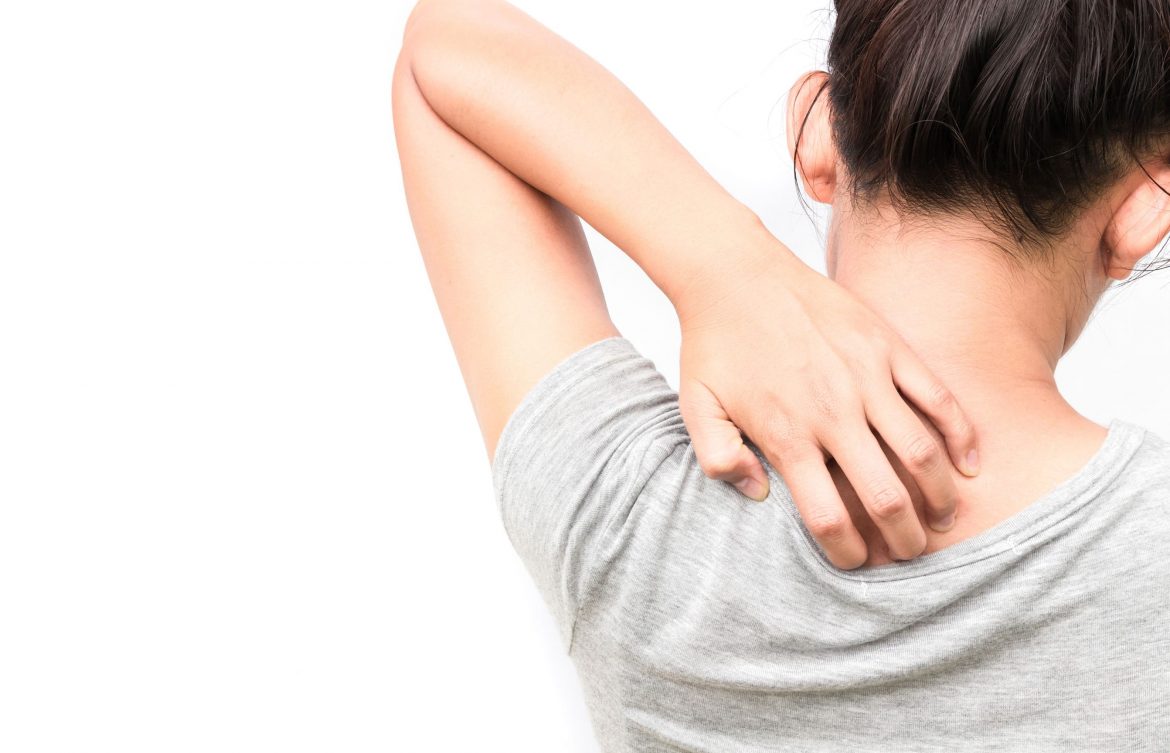 the human body. And the greater the degree of fibrillation, the more healthy the cloth can be. Because the silk clothing itself does not produce static electricity, it is not easy to absorb dust and bacteria on the clothing, and it is fibrillated. It can also remove only a small amount of dust and bacteria. Therefore, silk clothing products can be directly used for the prevention and treatment of skin diseases and are health services for humans. According to surveys conducted by relevant Japanese authorities, among Japanese young women, those who often wear synthetic fiber underwear, stockings, etc., have a high incidence of female bladder inflammation, and more people suffer from vulvar itching. According to the analysis of doctors, this is due to the poor hygroscopicity and moisture dissipation of the synthetic fiber underwear. It causes the accumulation of vulvar secretions and sweat, and it irritates the skin. In 1986, several hospitals in China conducted a joint trial investigation. 283 patients with skin diseases were tested by wearing silk knitted underwear to treat skin pruritus. The result was a comprehensive effective rate of 85.17 for the treatment of various skin diseases, and the pruritus was calculated separately. The effective rate of symptom is 89. This fully proves that: real silk has obvious therapeutic effect on pruritus.
the human body. And the greater the degree of fibrillation, the more healthy the cloth can be. Because the silk clothing itself does not produce static electricity, it is not easy to absorb dust and bacteria on the clothing, and it is fibrillated. It can also remove only a small amount of dust and bacteria. Therefore, silk clothing products can be directly used for the prevention and treatment of skin diseases and are health services for humans. According to surveys conducted by relevant Japanese authorities, among Japanese young women, those who often wear synthetic fiber underwear, stockings, etc., have a high incidence of female bladder inflammation, and more people suffer from vulvar itching. According to the analysis of doctors, this is due to the poor hygroscopicity and moisture dissipation of the synthetic fiber underwear. It causes the accumulation of vulvar secretions and sweat, and it irritates the skin. In 1986, several hospitals in China conducted a joint trial investigation. 283 patients with skin diseases were tested by wearing silk knitted underwear to treat skin pruritus. The result was a comprehensive effective rate of 85.17 for the treatment of various skin diseases, and the pruritus was calculated separately. The effective rate of symptom is 89. This fully proves that: real silk has obvious therapeutic effect on pruritus.
Silk Can Help Your Hair And Sleep
Silk's natural properties, like its smooth surface, can help reduce friction on your hair which often causes damage while you sleep, Friction often leads to split ends, knotting and hair damage. The smooth texture of silk hair accessories allows hair to glide over it as you rest, reducing frizz, tangles and the dreaded bed head.





 English
English German
German French
French Russian
Russian Spanish
Spanish Japanese
Japanese Korean
Korean Portuguese
Portuguese Ukrainian
Ukrainian Arabic
Arabic Italian
Italian











Leave A Comment